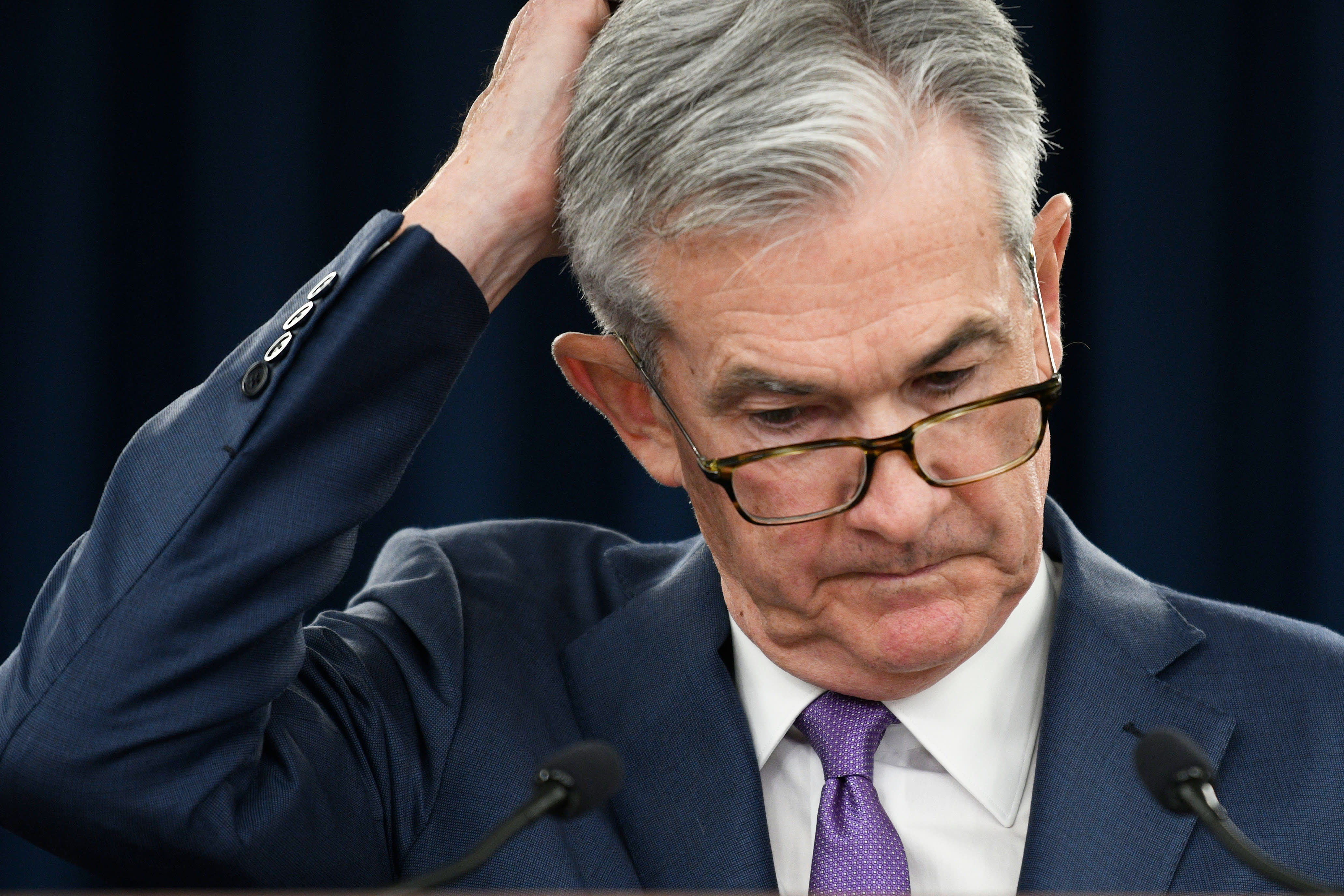Federal Reserve Chairman Jerome Powell reacts during a press conference in Washington D.C., the United States, on July 31, 2019.
Liu Jie | Xinhua | Getty Images
President Donald Trump's move to intensify the trade dispute with China comes with an important backstop: a Federal Reserve that looks ready to support any economic weakness with interest rate cuts.
Evidence came Thursday of the market's belief that the central bank will move into action if Trump follows through on his threat to slap tariffs on all Chinese goods entering the U.S.
Futures traders, who had been pricing in a coin flip's chance of a rate cut at the Fed's September meeting, accelerated their bets after Trump's afternoon tariff tweet. The market now is implying a 94% chance of a cut that comes after this week's rate reduction that was the first in 11 years, according to the CME.
"After [Wednesday's] FOMC meeting there is little doubt increased trade uncertainties imply more/faster rate cuts," Hans Mikkelsen, credit strategist at Bank of America Merrill Lynch, said in a note to clients. "In fact [Thursday'] trade uncertainties more than offset the hawkish tilt at yesterday's FOMC meeting in terms of Fed expectations."
The market was disappointed following the Fed decision after Chairman Jerome Powell said the cut was not likely to be part of a longer loosening cycle. Traders took the tone as hawkish, and markets sold off sharply.
Stocks bounced back Thursday and were on their way to solid gains until Trump announced his intentions to levy another round of tariffs against China.
Mikkelsen said not only the Fed but also the European Central Bank will be there to support the economy as the trade war cranks up. Fed officials have cited the trade tensions as a headwind for growth.
"An escalating trade dispute between the US and China also increases the likelihood of a response from the ECB exceeding the rate cut widely expected at its [September] meeting," Mikkelsen wrote.
Markets anticipate the ECB to lower rates and possibly do more asset purchases as the euro zone economy continues to slow.


